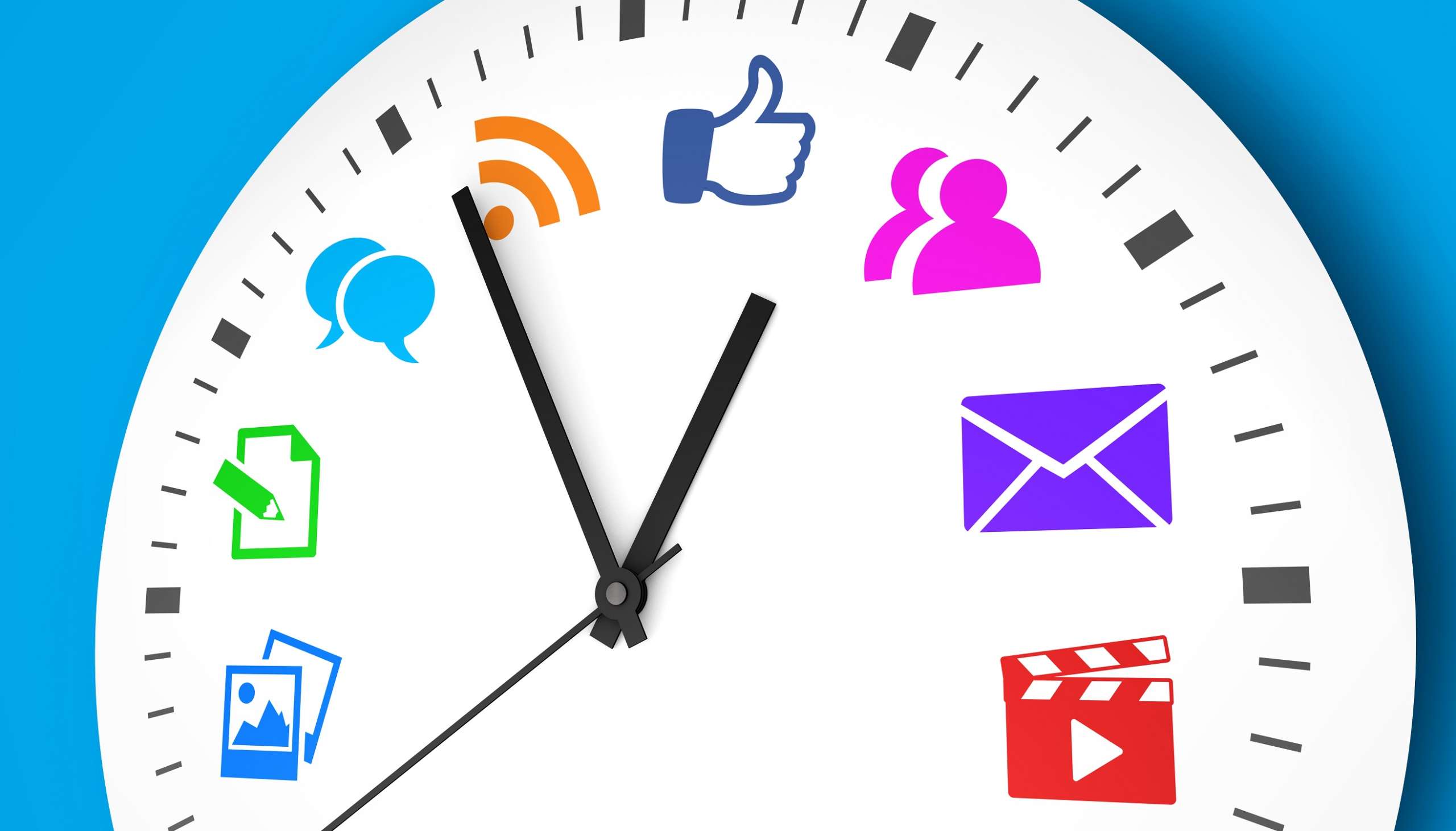Many digital marketers are asking the question, “when is the best time of day to publish a blog post?” and for a good reason. Optimizing blog post timing has a huge impact on that post’s reach and engagement. While there isn’t a one-size-fits-all, definitive answer to the question, an understanding of your audience, the content you’re producing, and your goals can help you decide the best time to publish for your blog’s specific needs.
Understanding Audience and Goals
One of the first steps in optimizing blog post timing is gaining a deep understanding of your audience. Your readers’ habits play a large role in the ideal time to publish your content. For example, if your target audience is primarily office workers, posting during their lunch break or after 5 PM might get you the best engagement. Conversely, if you’re targeting stay-at-home parents, publishing content in the late morning or early afternoon could be more effective.
In addition to knowing your audience, it’s important to have clear goals. Are you aiming for social shares, driving traffic to your website, or encouraging conversions? Each objective might require different timing strategies. For instance, if your goal is to boost social media shares, posting in the afternoon or early evening could be optimal, since this is when the most people are on social media.
Best Practices and General Trends
Numerous studies and reports suggest some general trends for blog post timing. Afternoons and evenings are popular choices for publishing content, especially if the goal is to increase social media engagement. Many of these studies conclude that publishers generally see a greater pickup from mid-afternoon through early evening. This period lines up with the end of the average workday, when people have more leisure time to engage with content online.
For influencers and content creators who need to capture early attention, mornings can be a strategic choice. This is because most followers tend to check their social feeds first thing in the morning.
Tailoring Timing to Content Type
The type and length of your content should also factor into your determinations of the best time to publish. For instance, long-form content, which requires readers to invest a lot of their time, might perform better on weekends or evenings when people are more relaxed and have more time. On the other hand, short-form content, which is easy to consume during a quick break, could work well for weekday midday lulls.
Evergreen content, which remains relevant and valuable over a long period, has a lot more flexibility when it comes to posting timing. While the exact time you publish may be less important for this content, aligning it with seasonal trends or significant events can give it a greater impact.
Challenges with Algorithms and Time Zones
These days, algorithms play a huge role in how content gets delivered to audiences. Platforms like Facebook and Twitter use algorithms that prioritize certain types of content and user behavior, so precise timing is less impactful on these platforms.
Additionally, if your audience is international, you need to take the different time zones into account. A post published at a convenient time for your local audience might not be ideal for readers in other parts of the world. There are several analytics tools you can use to identify where your traffic is coming from, so you can adjust your publishing schedule accordingly.
Experimentation and Analytics
One of the best ways to find the best posting times for your blog is to experiment with different times and pay close attention to the results. A/B testing, where you publish similar posts at different times to compare the outcomes, can provide valuable insights. Additionally, utilizing tools like Google Analytics can help track peak times for engagement and traffic, giving you valuable data you can use to make decisions about when to publish.
Consistency Over Perfection
While finding the perfect time to publish is important, staying consistent is just as important. When your content release schedule is regular and predictable, it goes a long way towards building audience loyalty and enhancing search engine optimization. Consistent publishing positively impacts traffic and audience retention, since your readers will start to anticipate new content from you.
Leveraging Blog Post Timing Strategies
While there are general trends and best practices for publishing blog posts, the optimal time varies depending on your audience, goals, and content type. With an understanding of your audience, experimenting with different times, and maintaining consistency, you can optimize your blog post timing to maximize reach and engagement. So, take the time to analyze your data, adjust your strategy, and reach audiences you never thought possible.





